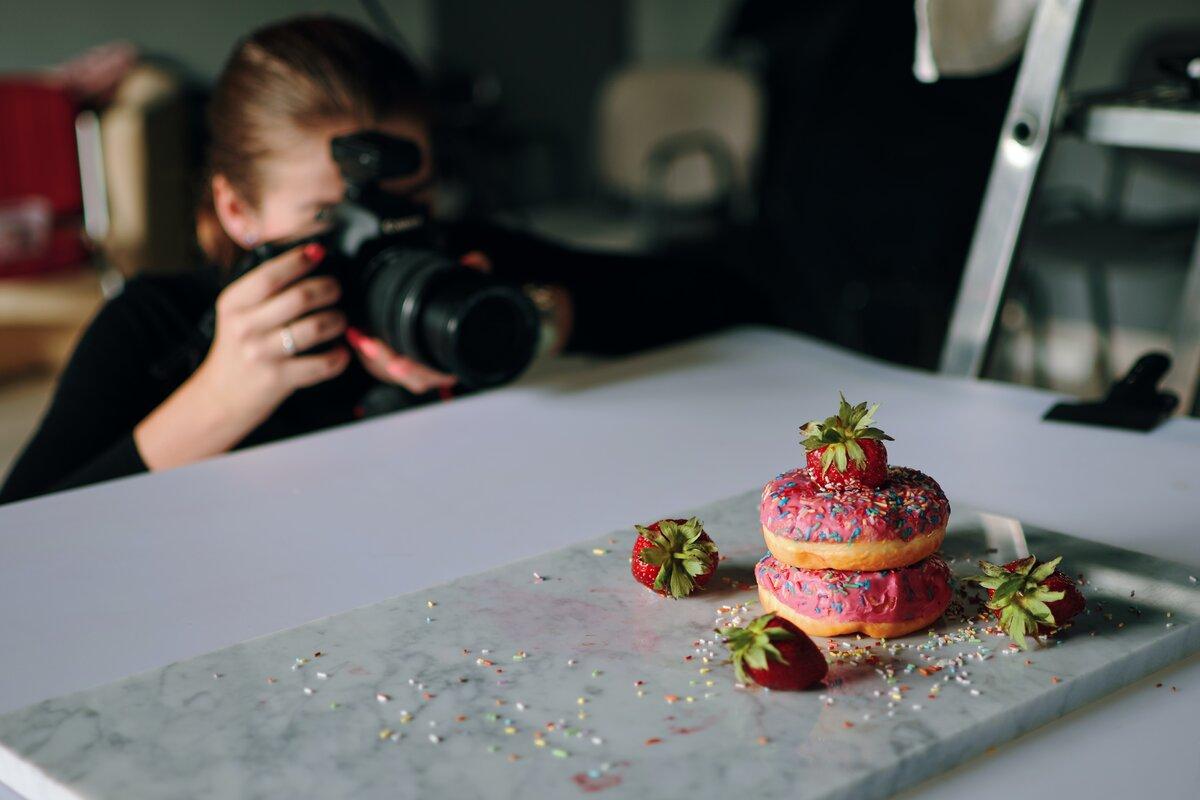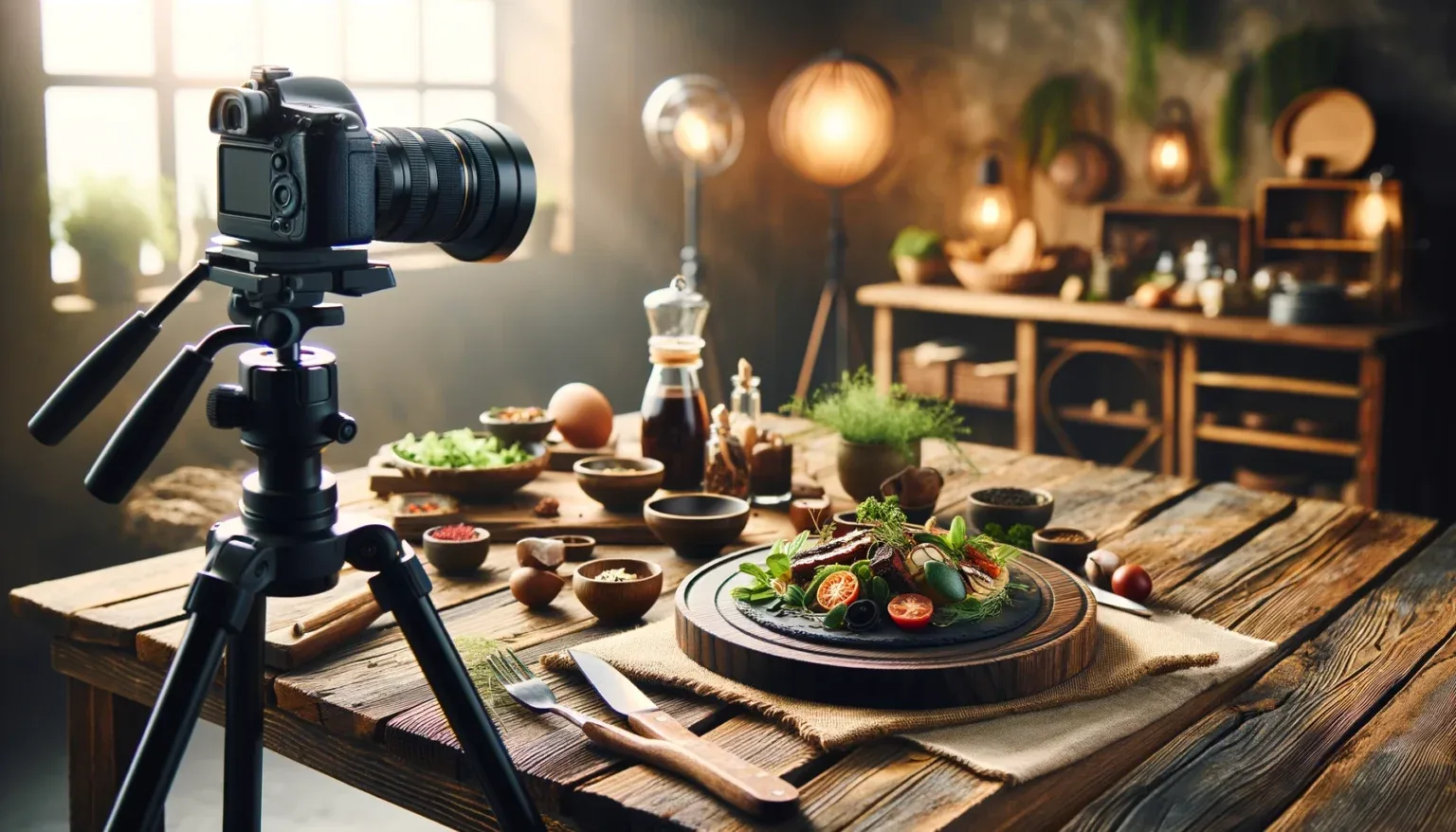- 6165
- 0

Lighting Secrets for Stunning, Mouth-Watering Food Photos
At Circliatheo, we delve into essential lighting techniques that elevate food photography from good to truly stunning.
Key Lighting Approaches
- Natural Window Light: Leverages diffused daylight for soft, organic illumination. Ideal for an inviting aesthetic with minimal equipment, emphasizing authenticity and natural appeal.
- Artificial Continuous Light: Uses LED panels or softboxes for constant, adjustable light. Offers superior control over direction and intensity, ensuring consistent results across multiple shots.
- Off-Camera Flash/Strobe: Delivers powerful, precise light bursts, allowing fine control over exposure. Excels at freezing motion, creating dramatic effects, and achieving crisp, vibrant images.
Evaluation Criteria for Lighting Methods
- Control and Flexibility: How easily can the light source be shaped, moved, and adjusted for desired effects and adaptability to diverse food items?
- Consistency and Repeatability: Ability to maintain consistent lighting across multiple shots or sessions, crucial for brand uniformity and series production.
- Setup Complexity and Portability: Evaluate ease of assembly, disassembly, and transport of equipment, crucial for adapting to various shooting locations.
- Cost-Effectiveness: Assess initial equipment expenses, ongoing operational costs, and the overall value proposition for your specific needs.
Comparative Analysis of Lighting Techniques
Natural window light offers limited control, dependent on time and weather. Its direction and intensity vary, making consistent results challenging. Reflectors help, but true repeatability for series work is difficult, impacting brand uniformity.
The main advantage of natural light is minimal setup and zero direct cost. It requires no specialized equipment beyond a simple reflector, making it highly portable and accessible. An excellent starting point for food photographers.
Continuous lighting provides excellent control over light direction, intensity, and color. It allows precise shaping of highlights and shadows, ensuring high consistency across multiple shots. Ideal for uniform visual style and repeatable results.
Setup involves more equipment than natural light, including stands and modifiers. More portable than studio strobes, it still requires power. Initial costs vary, but quality continuous lights offer a moderate outlay for reliable performance.
Flash offers unparalleled power and precision, freezing motion and creating dramatic lighting with sharp detail. Once set, flash provides exceptional consistency, though a steeper learning curve exists due to no constant preview.
Flash setups range from compact speedlights to complex studio strobes. This entails more equipment and a greater initial financial commitment. Versatility and power justify the expense for professional applications and creative demands.
Recommendations for Your Lighting Choice
For beginners and budget-conscious, start with natural window light. It's excellent for learning light direction and quality without significant financial outlay. Focus on understanding light fall and using simple reflectors to build skills.
For consistency and volume, artificial continuous lighting is optimal. Its predictable nature and precise control make it ideal for commercial projects or scenarios requiring repeatable visual branding. Circliatheo highly recommends this.
For advanced control and dynamic shots, off-camera flash/strobe is unmatched. This method suits experienced photographers aiming for high-impact, artistic food photography where precision and power are paramount, offering creative scope.
Consider a hybrid approach. Combining methods is often most versatile. Use natural light as main, adding subtle continuous light for fill or a flash for highlights. This blend allows adaptability and nuanced results.
Mastering these lighting secrets is key to creating truly mouth-watering food photos, a craft Circliatheo is passionate about.
Light is the brush that paints the true beauty of your cuisine.

